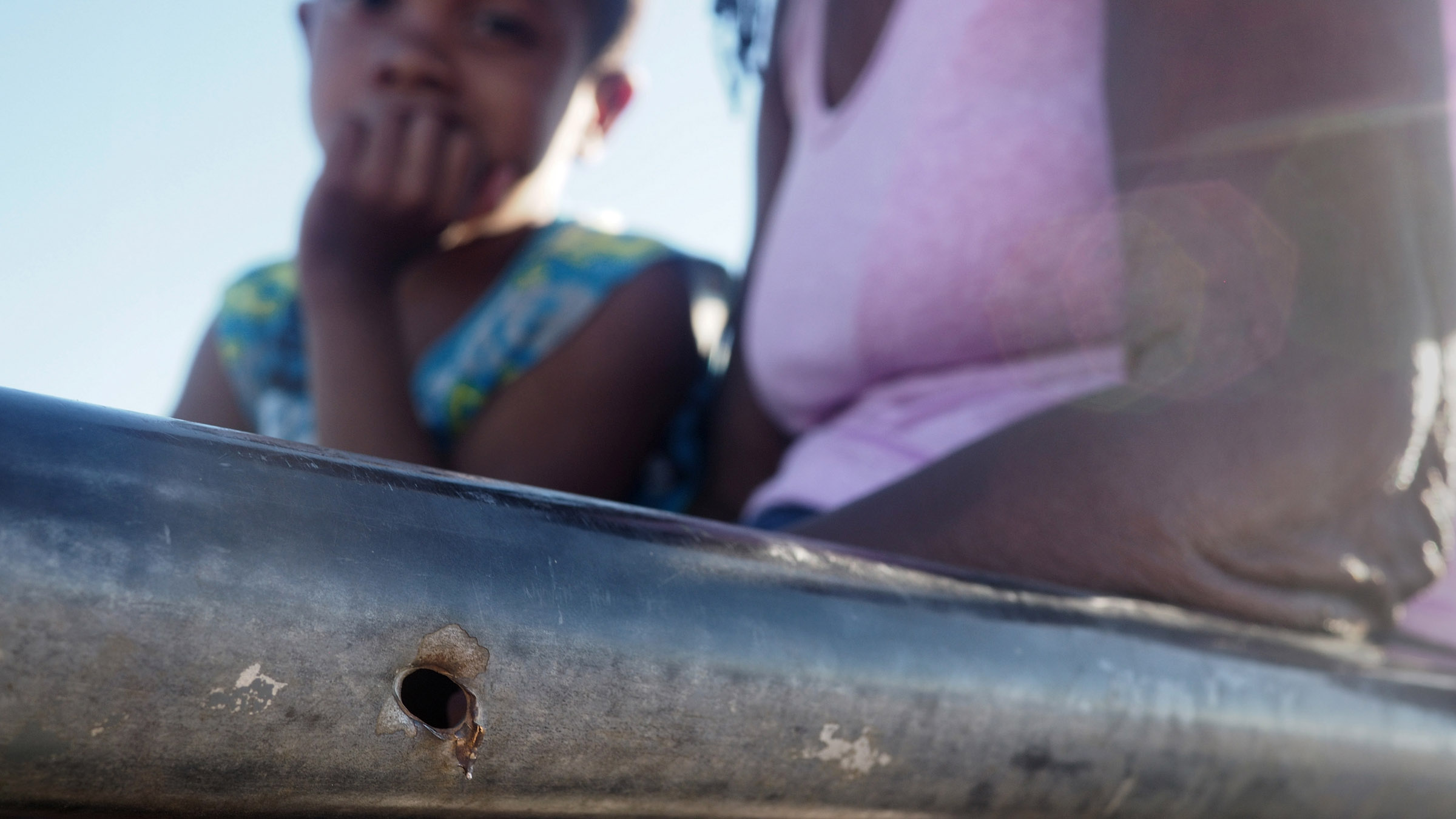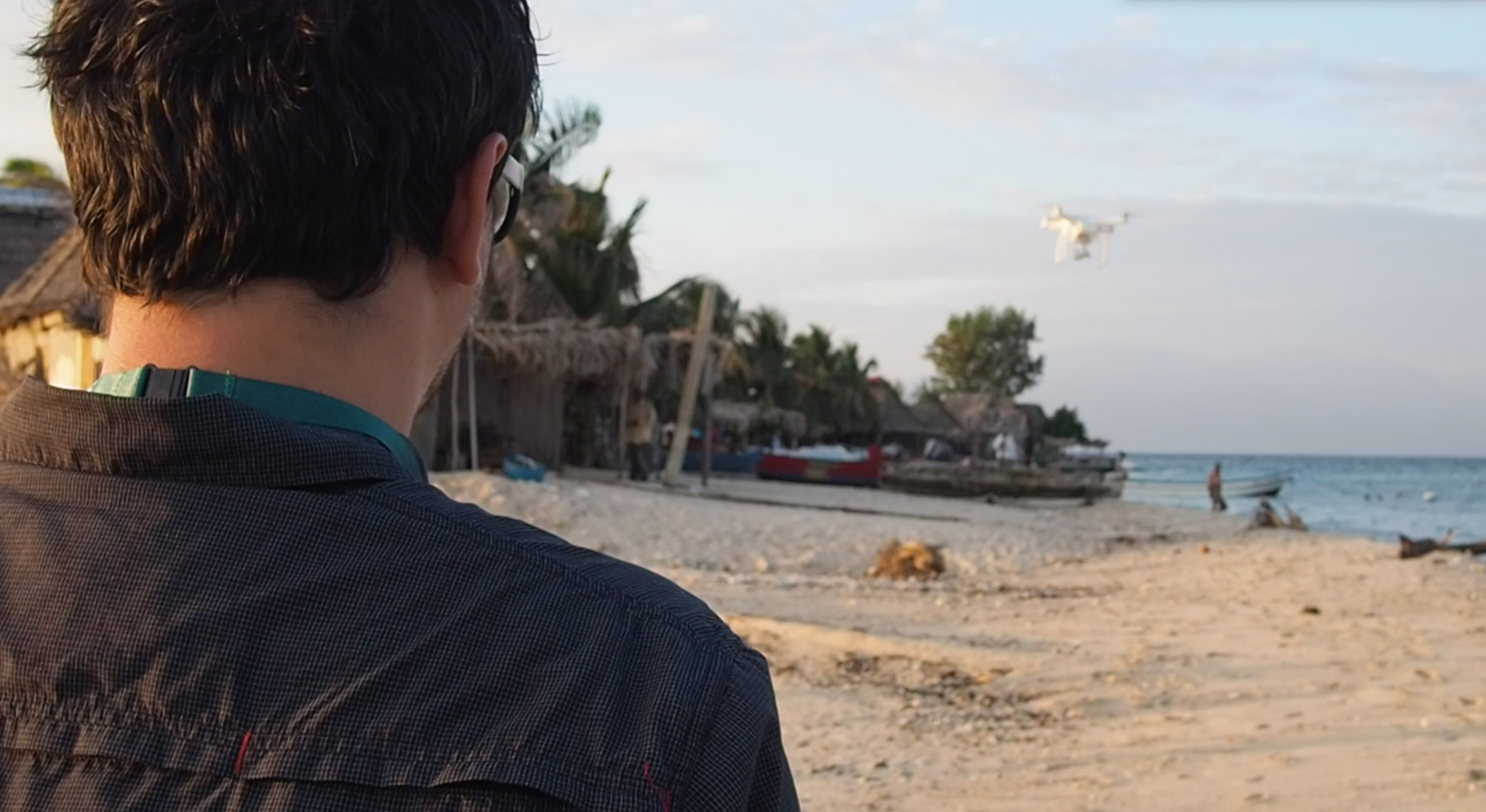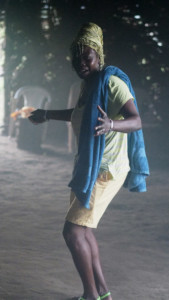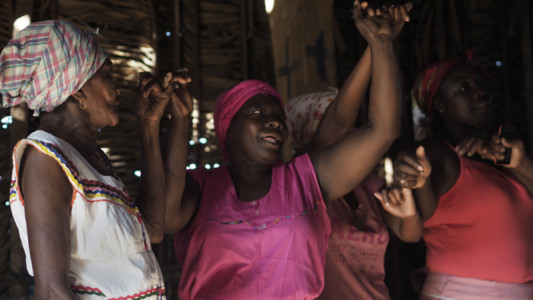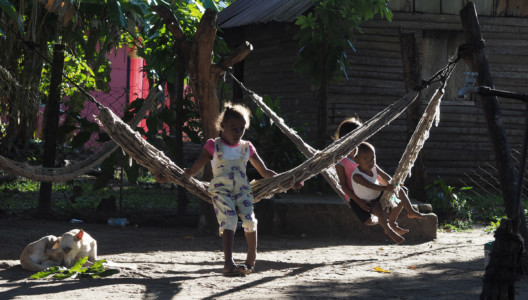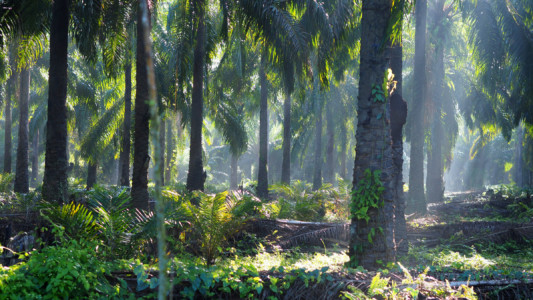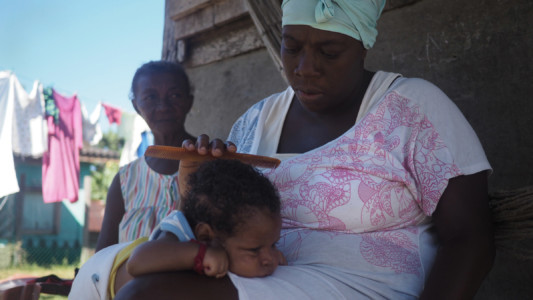
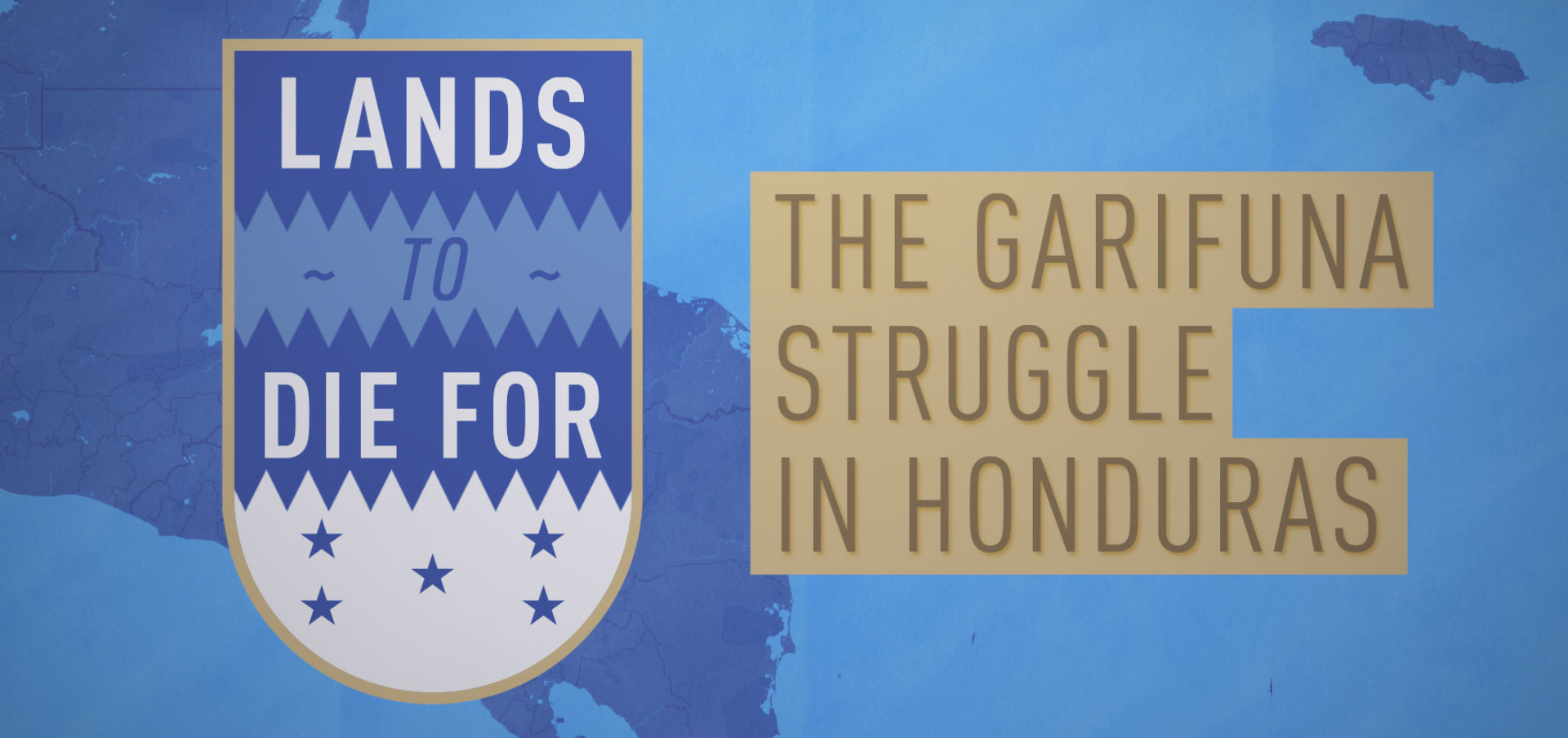
About the feature
You may not have heard of the Garifuna people. They’re people with a unique culture who live mostly in coastal Central America. Descendants of runaway African slaves and local indigenous groups, they have their own language, religion and lands. But the Garifuna in Honduras say their land is under siege. Several of their leaders have been killed as they fight to defend it. Private investors and even Honduras' government are now after their land. Correspondent Gerry Hadden has our story.
WATCH: Lands to die for

Lands to die for: The Garifuna struggle in Honduras
You may not have heard of the Garifuna people. They’re people with a unique culture who live mostly in coastal Central America. Descendants of runaway African slaves and local indigenous groups, they have their own language, religion and lands. But the Garifuna in Honduras say their land is under siege. Several of their leaders have been killed as they fight to defend it. Private investors and even Honduras' government are now after their land. Correspondent Gerry Hadden has our story.WATCH: A tribute to the camera men
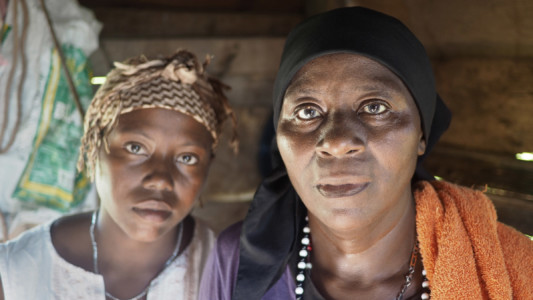
Mother and daughter
This Garifuna, pictured with her daughter, lost her son, Elvis, when he and others were ambushed by a Honduran Navy patrol while driving along the beach to town, in December, 2015.
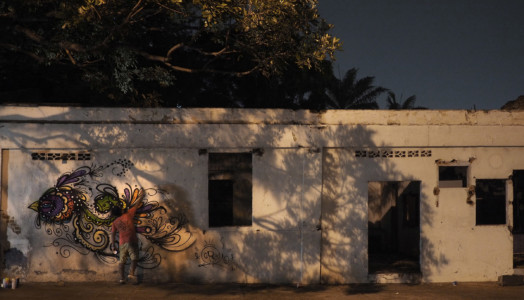
Rei Blinky graffiti
Rei Blinky, an internationally recognized graffiti artist, paints his well known "Crazy Bird" on a wall in Tegucigalpa. Blinky hopes his bird cheers up his glum countrymen.
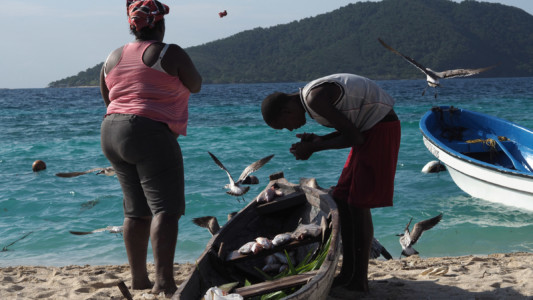
Garifuna woman
A Garifuna woman throws fish guts to sea birds on a tiny island in the Cayos Cochinos archipelago, along Honduras's northern coast. The island is a Garifuna hold out against what they say is constant pressure for them to leave. The dozen families here get by on fishing and a trickle of tourists.
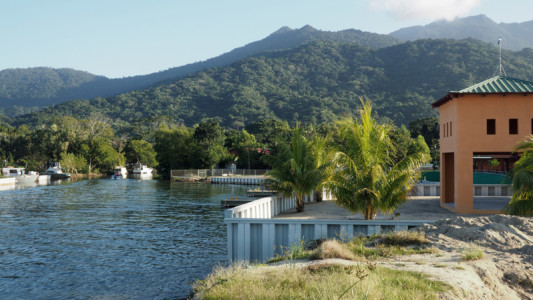
Cruise ships
Part of the Banana Coast cruise ship pier, in Trujillo, along the northern Honduran coast. It's controversial owner, Randy Jorgenson, says it brought in more than fifty thousand tourists last year and generates jobs. Local Garifuna say he obtained this land, and hundreds of other acres, illegally.
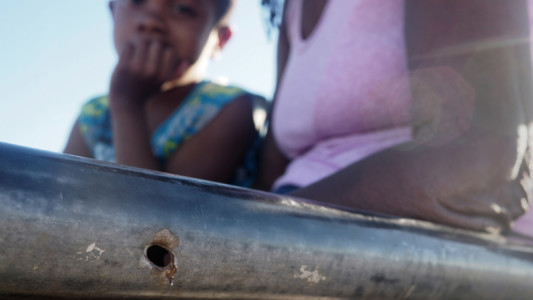
Bullet fire on civilians
One of several bullet holes in Garifuna vehicles that got stuck in sand along a northeastern beach. A Honduran Navy patrol opened fire on the men, women and children in December 2015, allegedly mistaking them for drug dealers. The attack came without warning, the Garifuna say. The Honduran military says its investigating.
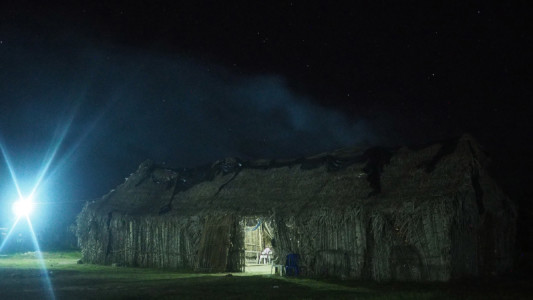
Vallecito
The Garifuna longhouse in Vallecito on the eve of a ceremony meant to improve their fortunes.
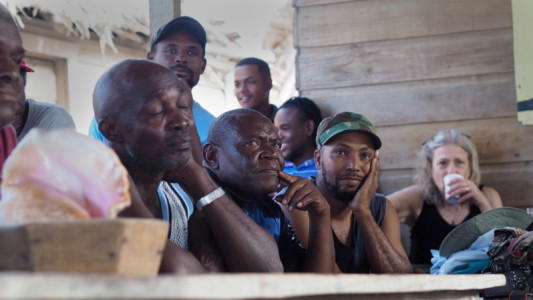
Fishermen on Cayos Cochinos
Fishermen on Cayos Cochinos complain to foreign observers about the ever tighter restrictions on their fishing. The Honduran government says it's protecting local lobsters. The Garifuna say investors want them gone in order to privatize their island - as they've done with others.
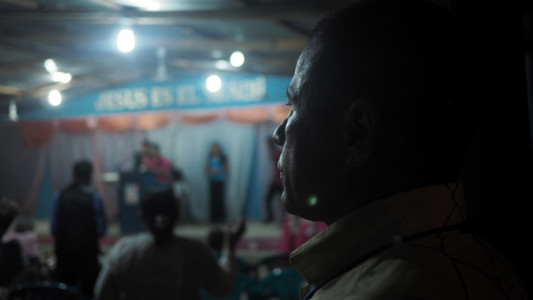
Diego - starting over
"Diego," not his real name, was once a murderous member of a Honduran street gang. He's changed his identity, found God, and hopes his past will let him start over.
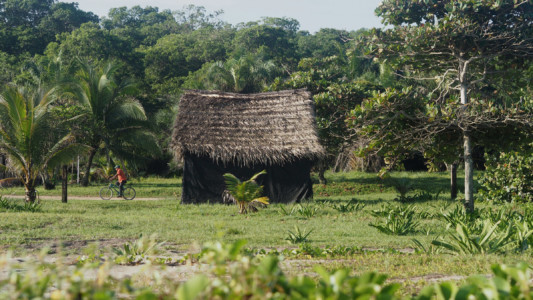
Garifuna village of Barra Vieja
In the Garifuna village of Barra Vieja thatched huts are the norm. This community has thwarted multiple eviction attempts by authorities. Next door stands Honduras' first 5-star hotel resort, which the Garifuna stands on lands stolen from them.
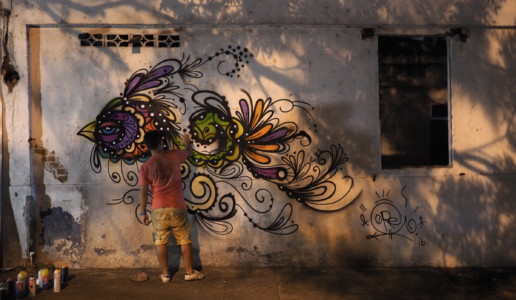
Rei Blinky graffiti
Rei Blinky, an internationally recognized graffiti artist, paints his well known "Crazy Bird" on a wall in Tegucigalpa. Blinky hopes his bird cheers up his glum countrymen.
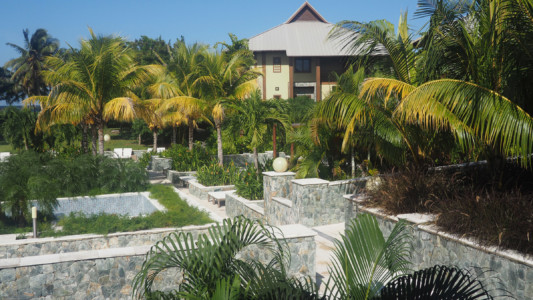
Indura Hotel
Management at the 5-star Indura Hotel say they own their land legally. They say they're creating jobs for locals, and a new image of luxury and security for violence-racked Honduras. Indura is the Garifuna word for Honduras and it's choice as name has offended the Garifuna in Barra Vieja next door.
 CGTN America
CGTN America